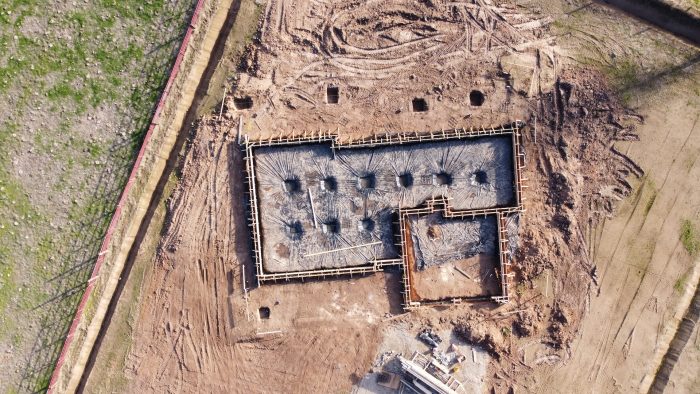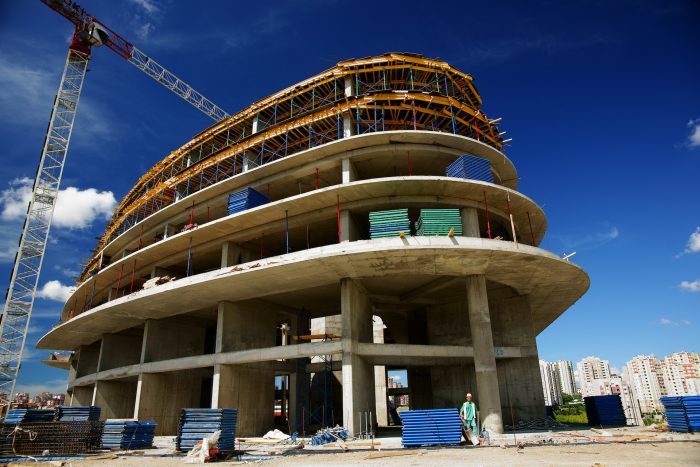Construction projects require careful planning and execution to ensure safety and structural integrity. One important aspect that is often overlooked is soil testing. It is crucial to ensure that the foundation of a building is stable and safe. However, many misconceptions and mistakes are common when conducting soil tests for construction projects. This blog post will explore these misconceptions and mistakes and provide tips on avoiding them to ensure that soil testing is done correctly. This will help to ensure that your construction project is safe, stable and meets all the necessary standards.
Common misconceptions about soil testing in construction
“All soil is the same” is a common misconception about soil testing in construction. In reality, soil can vary significantly in composition, structure, and properties. Different types of soil have different capabilities to support the weight of a building, resist erosion, and provide proper drainage. Therefore, it is essential to conduct soil tests to determine the specific characteristics of the soil at the construction site.

Another misconception is that “soil tests are not necessary for small projects.” However, the project size does not determine the importance of soil testing. Even small projects, such as single-family homes or small commercial buildings, require stable and suitable soil to ensure the safety and longevity of the structure.
“Soil tests only need to be done once” is another misconception. Due to natural processes, weathering, and human activities, soil conditions can change over time. Therefore, soil tests should be conducted periodically to ensure that the soil remains suitable for construction.
Some believe that “only professional engineers can interpret soil test results.” While professional engineers are trained to interpret soil test results and make recommendations for foundation design, it is important for all parties involved in the construction project to understand the results and how they may impact the project. Builders, architects, and other professionals need to have a basic understanding of soil test results to make informed decisions about the project.
Common mistakes made during soil testing in construction
One common mistake during construction soil testing is “not collecting enough samples.” It is important to collect sufficient samples from different areas of the site to ensure a representative analysis of the soil conditions. Insufficient sampling can lead to inaccurate test results and ultimately compromise the safety and stability of the building.
Another mistake is “not properly storing or transporting samples.” Soil samples must be handled and stored correctly to prevent contamination and ensure accurate test results. This includes keeping samples in airtight containers, labelling them properly and transporting them to the laboratory as soon as possible.
“Not using the right equipment” is also a mistake that can occur during soil testing. Different tests require different equipment, and using the right equipment can result in accurate or reliable results. Using the correct equipment and following the manufacturer’s instructions is vital to ensure accurate results.
“Not properly preparing the site for testing” is another mistake that can occur during soil testing. Proper preparation includes:
- Identifying the testing locations.
- Clearing the area of debris.
- Ensuring that the surface is level and stable.
Please prepare the site properly to ensure accurate test results and maintain the safety and stability of the building.
How to avoid these mistakes
To avoid mistakes when selecting the right equipment for soil testing, it is important to consult with a professional engineer or a reputable testing laboratory. Visit the Independent Soil Testing website to learn more. They can advise on the type of equipment needed for specific tests and guide on selecting high-quality, reliable equipment. It is also important to ensure that the equipment is properly calibrated and maintained.

To avoid mistakes when preparing the site for testing, it is important to conduct a thorough site assessment and identify areas that may be affected by natural or human-made features. This includes identifying areas with different soil types, identifying potential hazards and obtaining the necessary permits. It is also important to clear the area of debris and ensure that the surface is level and stable.
To avoid mistakes when storing and transporting samples, it is essential to use airtight containers and label them appropriately. Samples should be transported to the laboratory as soon as possible to prevent contamination and ensure accurate test results. It is also important to keep records of the samples collected, including the location and date of collection and who collected the samples.
To avoid mistakes when interpreting soil test results, it is important to consult with a professional engineer. They have the training and experience to interpret the results and provide recommendations for foundation design. It is also important for all parties involved in the construction project to understand the results and how they may impact the project.
In conclusion, soil testing is a crucial aspect of construction projects that must be noticed. However, many misconceptions and mistakes are commonly made when conducting soil tests for construction projects. By understanding these misconceptions and mistakes and taking the necessary steps to avoid them, construction projects can ensure that soil testing is done correctly and that the foundation of a building is stable and safe. This includes selecting the right equipment, properly preparing the site for testing, storing and transporting samples, and consulting a professional engineer. Proper soil testing is essential to ensure the safety and longevity of any construction project; conducting the soil tests correctly can lead to severe problems in the future.
